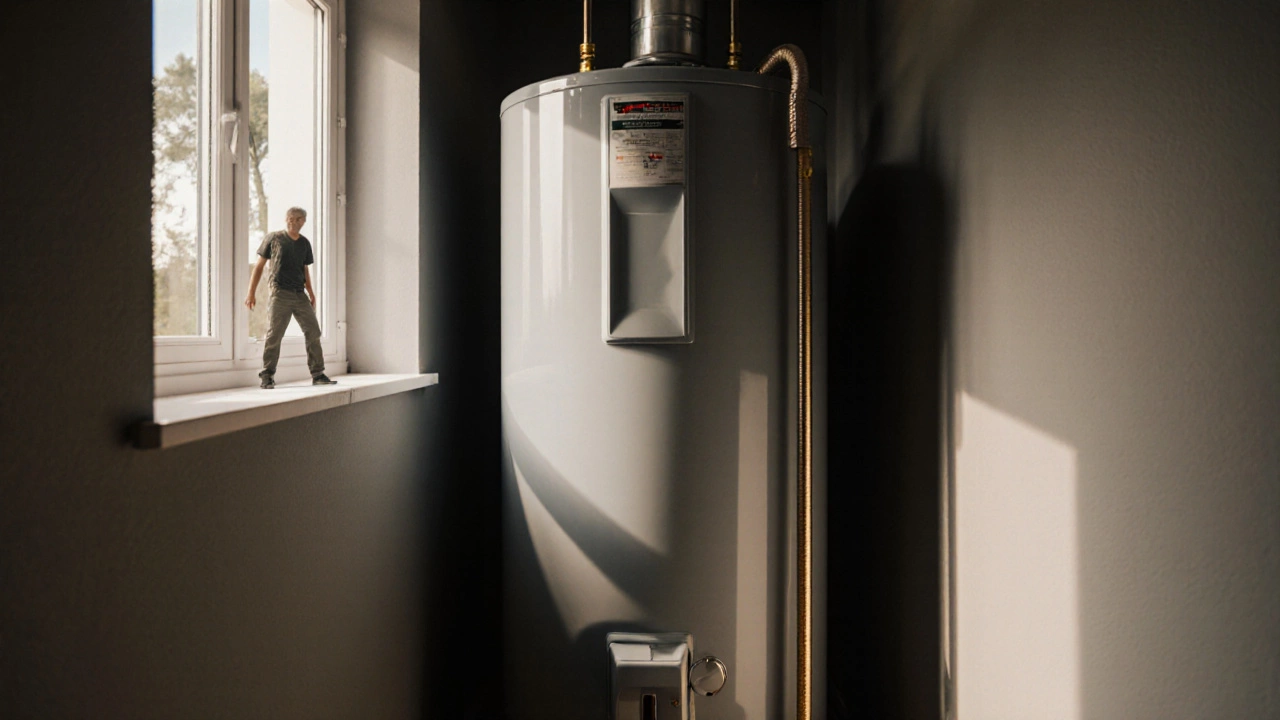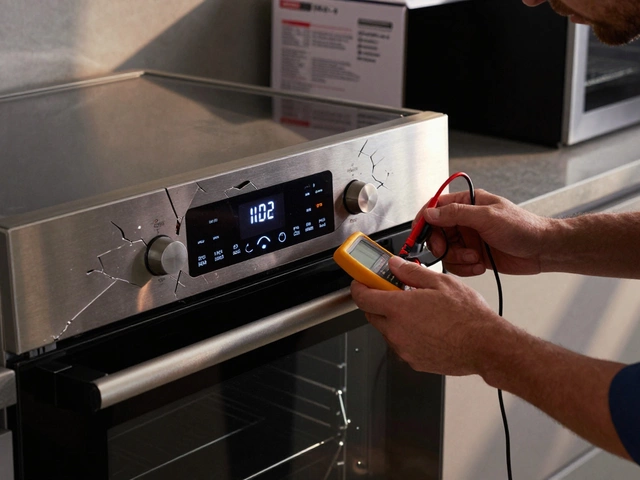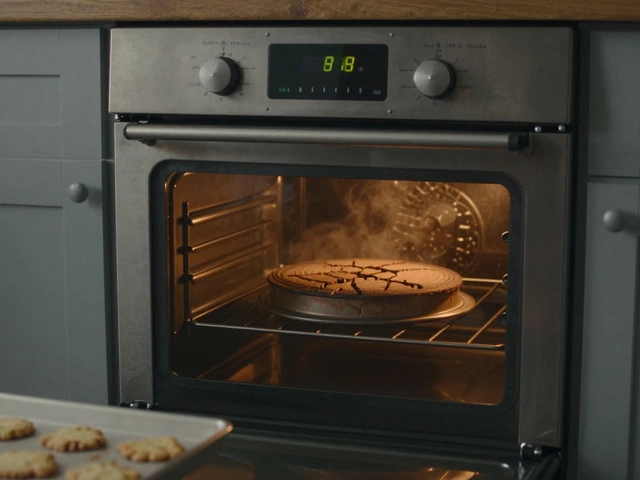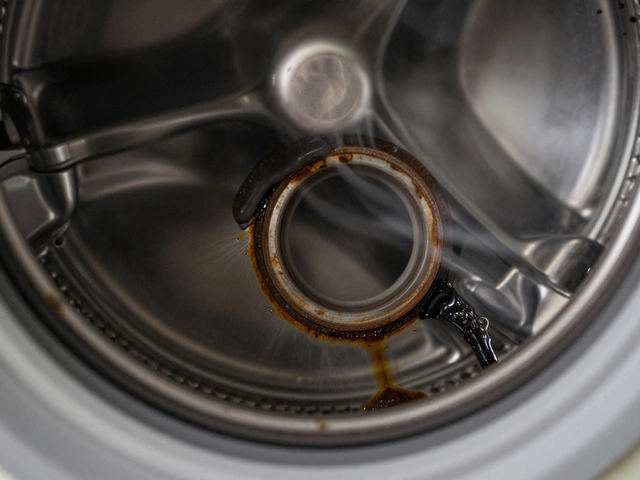DIY Water Heater: Quick Fixes You Can Do Today
Cold showers are the worst, right? Before you call a technician, try these simple steps. Most water‑heater problems are easy to spot and fix with a screwdriver, a multimeter, or just a bit of patience.
Why Your Heater Might Lose Hot Water
One of the most common complaints is losing hot water mid‑shower. The usual suspects are a faulty thermostat, a broken heating element, or sediment buildup in the tank. First, check the thermostat setting – 120 °F (49 °C) is a sweet spot. If the dial is set lower, raise it a few degrees and see if the water stays warm longer.
Next, look inside the tank. Sediment settles at the bottom and acts like an insulator, making the element work harder. Turn off the power or gas, let the tank cool, then drain a few gallons through the drain valve. A quick flush often restores heating efficiency.
Resetting a Stuck Water Heater
Many modern electric heaters have a reset button on the thermostat. If the unit trips, you’ll hear a click and the water will go cold. Before you press the reset, locate the circuit breaker and turn it off – this protects you from a surprise shock.
After a minute, flip the breaker back on, then press the reset button firmly. Hold it for about three seconds; the heater should fire up. If it trips again, the thermostat or heating element is likely bad and needs replacement.
Testing the Heating Element
When the heater powers up but still delivers lukewarm water, the element might be failing. Turn off the breaker, remove the access panel, and use a multimeter set to the ohms (Ω) setting. Touch the probes to the element terminals – you should see a reading between 10 and 30 Ω. Anything higher means the element is worn out and should be swapped.
Replacing an element is straightforward: unscrew the old part, thread in the new one, reconnect the wires, and secure the panel. Turn the power back on and test the water temperature after a few minutes.
When to Call a Pro
DIY works great for thermostat tweaks, resets, and simple part swaps. However, if you smell gas, notice rust inside the tank, or the water heater won’t stay on at all, it’s time to bring in a qualified technician. Leaking tanks or corroded gas lines are safety hazards you don’t want to gamble with.
Also, if your heater is over 15 years old and constantly needs attention, consider a replacement. New models are more energy‑efficient and can save you money on utility bills.
Bottom line: a lot of water‑heater headaches can be solved in under an hour with the right tools and a bit of caution. Follow these steps, stay safe, and enjoy hot water again without waiting for a service call.
17 October 2025
·
0 Comments
Learn how to safely flush your water heater yourself, step by step. Save energy, extend tank life, and avoid costly repairs with this practical DIY guide.
Read more
7 February 2025
·
0 Comments
Handling a broken water heater might seem daunting, but knowing when and how to fix it can save you money. This article explores whether it's worth tackling water heater repair on your own or calling in a professional. We'll discuss common issues, safety precautions, and tips on doing it yourself. Read on for valuable insights and practical advice.
Read more







